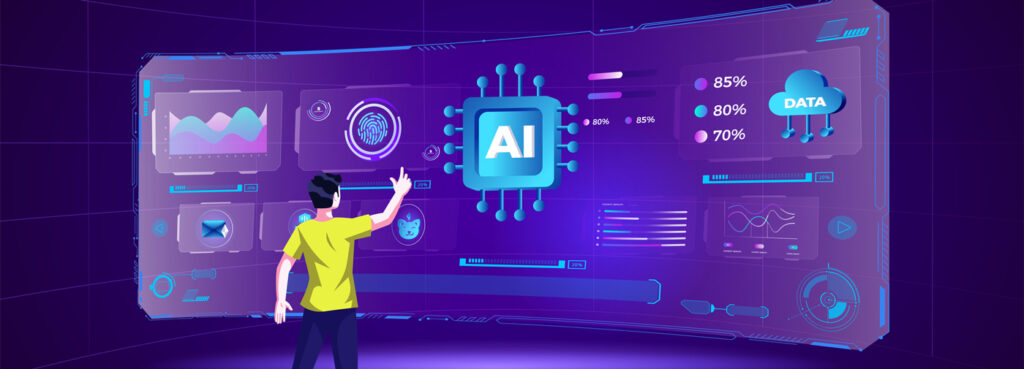In today’s fast-paced digital world, the question is no longer should I use Artificial Intelligence (AI) to generate content, but how should I use AI to enhance my content strategy. If you’re grappling with the idea of integrating AI into your content creation process, you’re not alone. Many are still uncertain about this technological leap. As an expert in digital content strategy, I aim to guide you through the process, emphasizing AI’s incredible capacity to streamline and enrich various aspects of content generation, particularly meta descriptions, title tags, footer content, and other on-page elements.

Understanding the Role of AI in Content Creation
First, let’s demystify AI in content creation. AI in this context refers to machine learning algorithms and language models capable of analyzing data, understanding patterns, and generating human-like text. The core advantage? Efficiency and scalability. AI can produce high-quality, relevant content much faster than a human can, making it an invaluable tool, especially for businesses and content creators who need to maintain a large digital footprint.
The Ease of Generating Meta Descriptions and Title Tags
One of the most significant benefits of using AI is in crafting compelling meta descriptions and title tags. These crucial SEO elements play a key role in improving the visibility of your content on search engines. Crafting unique, catchy, and keyword-rich meta descriptions and titles for each page can be a time-consuming task. Enter AI.
AI tools, with their advanced language capabilities, can quickly generate multiple meta descriptions and title tags that are not only SEO-friendly but also appealing to human readers. This not only saves time but also ensures consistency and quality across your website.
Streamlining Footer Content and Other On-Page Elements
Footer content, though often overlooked, forms an integral part of your website’s user experience and SEO. AI can help in generating concise and relevant footer content that aligns with your overall website theme and brand voice. Additionally, AI can assist in creating other on-page elements like FAQs, product descriptions, and blog posts, maintaining a uniform tone and style that resonates with your audience.
How to Effectively Integrate AI into Your Content Strategy
- Start with Clear Objectives: Before diving into AI content generation, define what you want to achieve. Is it about scaling your content production, improving SEO, or enhancing user engagement? Clear objectives will guide your AI implementation strategy.
- Choose the Right AI Tools: There’s a plethora of AI content generation tools available. Research and choose tools that best suit your specific needs. Some tools are better for short-form content like meta descriptions, while others excel in long-form content creation.
- Maintain a Balance: AI is a tool, not a replacement for human creativity. Use AI to handle repetitive, time-consuming tasks, but keep human oversight for creative direction, tone, and brand alignment.
- Regularly Update Your AI Model: AI models learn from data. Regularly feed your AI tool with updated information and content trends to keep the outputs relevant and fresh.
- Monitor and Adjust: Continuously monitor the performance of AI-generated content. Use analytics to understand what works and make adjustments as necessary.
Addressing Common Concerns
Losing the Human Touch: Many fear that AI-generated content lacks the personal touch of human writing. However, when used judiciously, AI can emulate a human-like tone and style, complementing rather than replacing human creativity.
Quality Control: Another concern is maintaining quality. This is where human oversight becomes crucial. Use AI as a first draft tool, and refine the output to ensure quality and relevance.
Ethical Considerations: Transparency is key. If using AI-generated content, it’s good practice to disclose this to your audience, ensuring an ethical approach to content creation.

Conclusion
The integration of AI into content creation is not just a trend; it’s a transformational shift in how we approach digital content strategy. The benefits of using AI – efficiency, scalability, and the ability to generate compelling content, from meta descriptions to footer content – are too significant to ignore. As you embark on this journey, remember that AI is a tool to enhance your creativity and efficiency. It’s about finding the right balance between technology and human touch to create content that resonates with your audience and achieves your business objectives.
Embrace AI in your content strategy, and you’ll find yourself not only keeping up with the digital curve but also setting new benchmarks in content excellence.



0 Comments